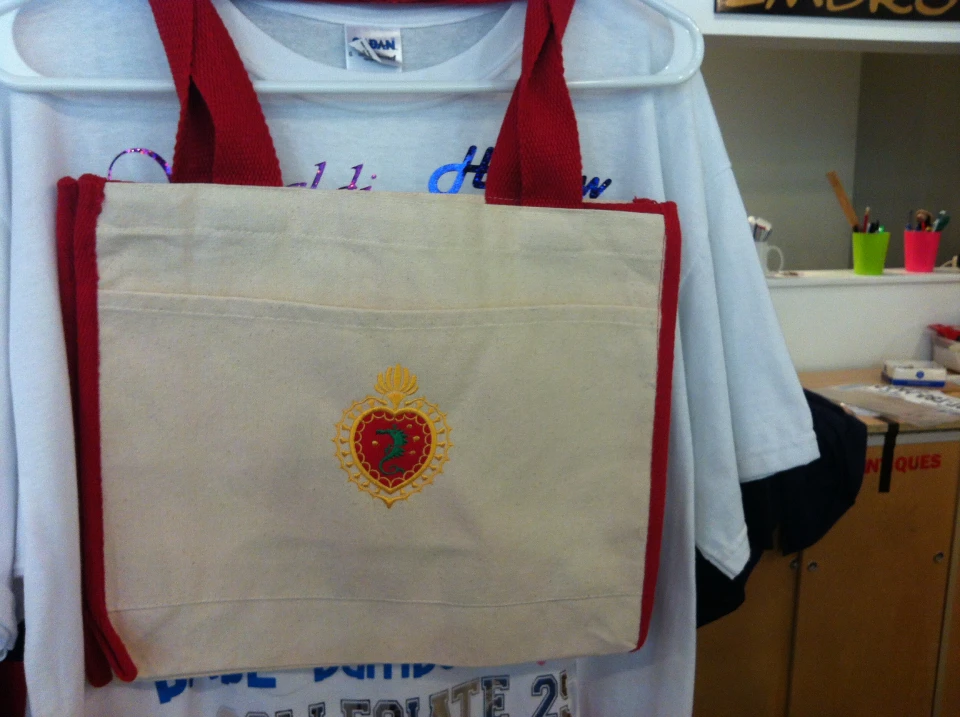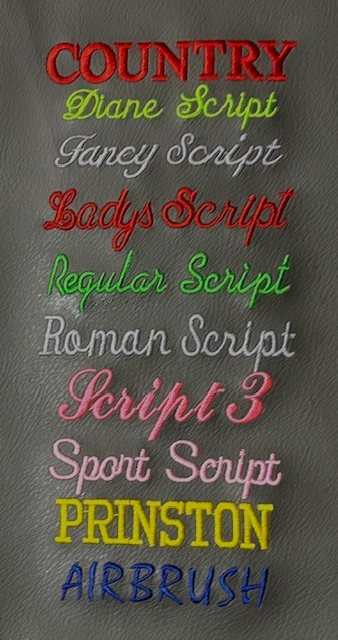Custom-made Scrubs with Embroidery for an Expert Appearance
Custom-made Scrubs with Embroidery for an Expert Appearance
Blog Article
The Art of Custom-made Embroidery: Opening the Keys to Creating Unique and Remarkable Designs
The tricks to producing custom-made needlework styles that captivate the eye and leave a long lasting impression lie in a delicate equilibrium of strategy, creativity, and focus to detail. As we dig into the world of custom-made embroidery, we discover the nuanced interaction between string choice, sew intricacy, and design customization that elevates a simple garment to a job of art.
Selecting the Right Embroidery Threads
When selecting needlework threads, what crucial factors should you take into consideration to guarantee the finest outcomes for your customized styles? The option of embroidery thread is important in determining the last result of your embroidered design. Among the main considerations is the material of the string. Various products such as cotton, polyester, rayon, and silk provide varying levels of luster, resilience, and texture. It is important to select a thread product that matches the textile you are stitching on and straightens with the preferred appearance of the style.
Thicker strings can include dimension and texture to your layout, while finer threads are ideal for elaborate details and small text. Furthermore, taking into consideration the color fastness and washability of the thread is essential to guarantee that your custom layouts keep their top quality and vibrancy over time.
Checking Out Various Stitch Techniques
To explore the world of 'Discovering Different Stitch Methods', one must understand the details and nuances that each sewing approach offers the art of embroidery. Various stitch strategies not only add visual rate of interest yet additionally add to the total texture and measurement of the layout. One preferred stitch technique is the satin stitch, which entails carefully packed parallel stitches to develop a smooth and glossy surface area, perfect for completing shapes and producing bold outlines.
On the other hand, the backstitch is a versatile method frequently used for laying out and adding great details. It entails stitching backward to produce a solid line of embroidery. In addition, the French knot stitch includes a responsive element to layouts, best for producing textured accents like blossom centers or decorative touches.
Discovering various stitch methods permits embroiderers to play with light, shadow, and depth within their designs, raising the aesthetic allure and imaginative high quality of their embroidery tasks. By mastering different stitching methods, one can unlock limitless opportunities for creating distinct and remarkable personalized needlework pieces.
Incorporating Personalized Layout Aspects
Having discovered the intricacies of different stitch techniques such as the satin stitch, backstitch, and French knot, the emphasis currently moves towards integrating tailored style elements in customized embroidery tasks. Customized style components play a critical function in making embroidery jobs genuinely special and remarkable. One means to incorporate customization is by adding initials, names, or substantial dates to the layout. This not just includes a customized touch yet also boosts the nostalgic worth of the jean tailor near me needlework piece.
One more method to include tailored design elements is by including symbols or concepts that hold special meaning to the recipient or show their rate of interests and individuality. As an example, incorporating a favored flower, pet, or hobby-related sign can make the embroidery style more significant and tailored. In addition, picking shades that resonate with the recipient or align with the intended theme can better boost the personalization of the needlework job.
Mastering the Art of Color Coordination

One key facet of shade coordination is understanding shade concept. This includes recognizing just how various colors connect with each various other, the feelings they communicate, and how they can be incorporated to produce visually attractive styles. By using shade concept principles, embroiderers can produce unified color combinations that boost the total look of the style.
Furthermore, paying focus to contrast is critical in color control. Using contrasting shades look at here can help certain elements of the style pop, boost readability, and create a visually dynamic needlework item. By grasping the art of color coordination, embroiderers can raise their layouts and create memorable items that resonate with clients and visitors alike.
Enhancing Appearance With Advanced Needlework Stitches

French knots, as an example, are excellent for including little, increased dots Continue to your design, mimicking the appearance of grains or creating a distinctive surface. Bullion knots, on the other hand, can be used to create twisted, ropelike aspects that add a lavish feel to the needlework. Seed stitching includes small, scattered stitches that can load in locations with a polychromatic appearance, while turkey job produces fluffy, dimensional accents similar to animal fur or foliage. Trying out with these innovative embroidery stitches permits you to push the limits of conventional needlework and develop really one-of-a-kind and aesthetically enticing structures in your designs.
Verdict
Finally, the art of customized needlework entails a combination of choosing the ideal threads, exploring different stitch techniques, including customized design elements, grasping color control, and enhancing structure with sophisticated stitches. By understanding and executing these crucial elements, embroiderers can create unique and memorable designs that showcase their creativity and skill. Embroidery lovers can open the keys to creating gorgeous and custom pieces that stick out and leave a long-term impact.
Report this page